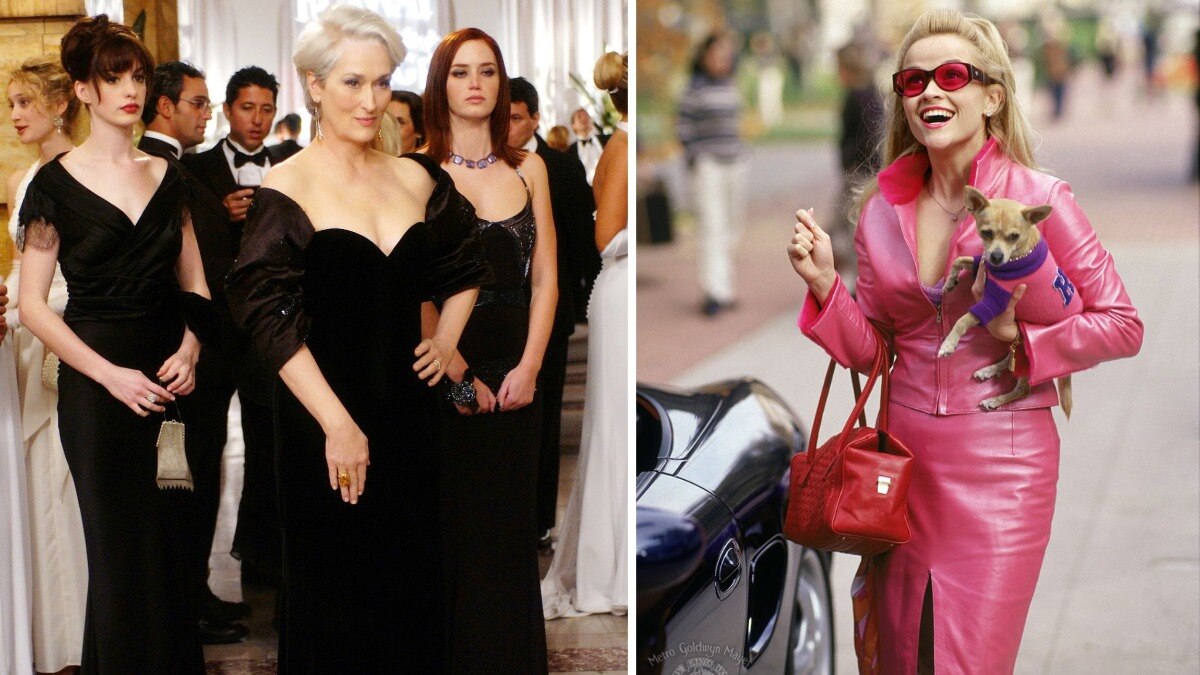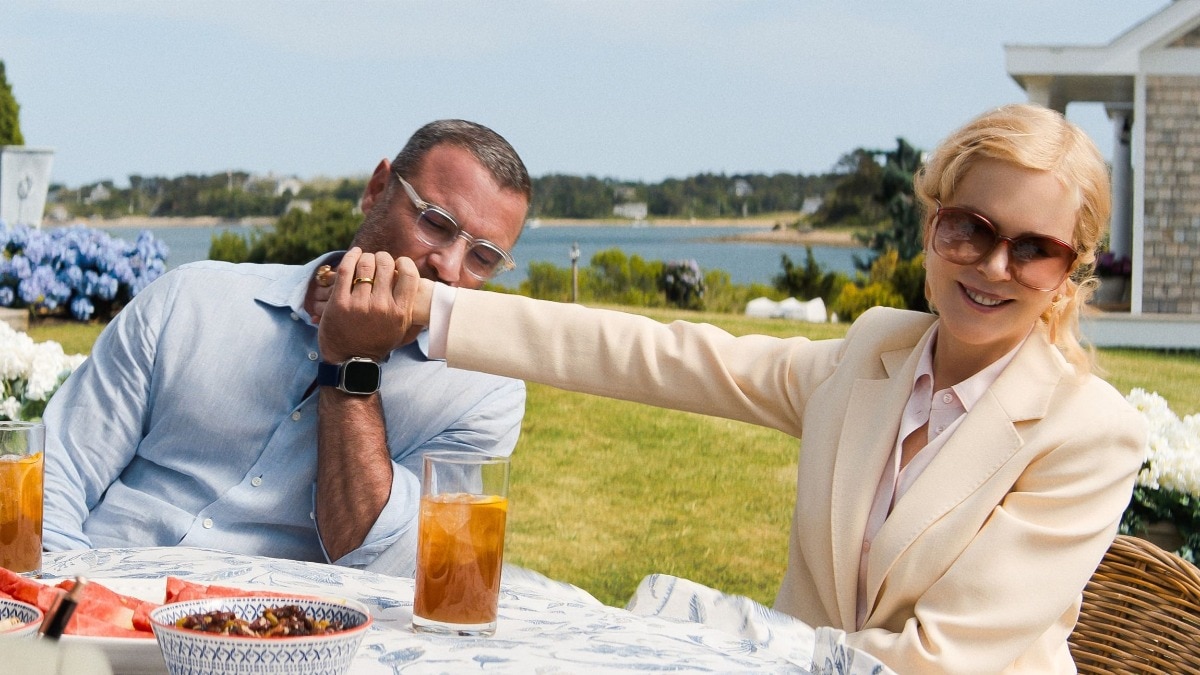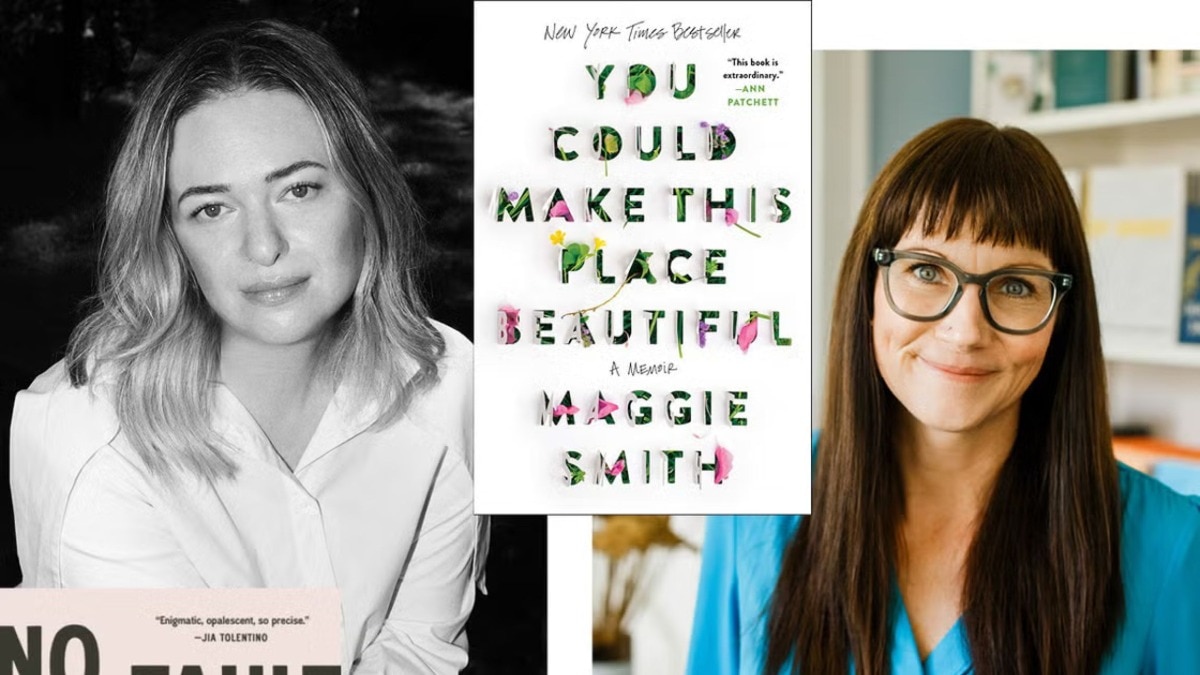Emma Thompson rings in the season's greetings with tales that have fascinated her
As she publishes a charming new Christmas story for children, the British screenwriter, actor and author talks about her favourite festive tales.


When it comes to reading, I like a shiver around Christmas time. Things can get a bit saccharine, so, for me, it’s a question of sitting down opposite the tree with a ghost story in hand. MR James’ are the best–I’ve been reading them over and over for 50 years, even though I know exactly what happens; it’s the language I’m there for. He was an academic with so much knowledge of ancient Nordic history, and his books always involve hapless scholars. I’ll also return to another of my childhood delights, Arthur Conan Doyle, because his tales take you back to a time when Christmas in London must have been rather spectacular, with snow and people on the streets selling various delicious things.

I was very lucky to grow up in a happy family, where Christmas was supremely well-curated by my saintly mother, and much enjoyed by everybody. My husband (Greg Wise), however, has historically hated it, having had a miserable time as a boy–so I think it’s important in any Christmas story to have both bright and darker things going on. That’s why A Christmas Carol is endlessly wonderful, because, to start with, you have the meanness of Scrooge, then the terror of the ghosts, with redemption at the end–what a fantastic bit of writing.
I’ve made up a story myself this year, about a small dog called Jim, a real-life Yorkshire terrier who lived in the V&A with his owner Henry Cole, the museum’s first-ever director and the inventor of the Christmas card. In the book, William Hogarth’s 19th-century painted dog – who looks very much like someone you would want to meet–befriends him. Of course, some dogs are fantastically boring, but all those I’ve loved have been very interesting–they have an enormous capacity for communication. Many are just people in dog format, which is why it seems perfectly realistic to me that Jim might be good at reading and envy Prince Albert’s monocle, or that an animal tale ends up being about the human conscience. After all, I was brought up on Beatrix Potter. Her language around animals, and the way she sometimes showed you the darker side of reality, formed large parts of me. As a girl, I was never convinced by simple, jolly adventures–Enid Blyton wasn’t for me. Jeanette Winterson talks about how the only books available to her as a child, the King James Bible and Shakespeare’s plays, gave her all the language she has ever needed–and I know where she’s coming from, but I would just add Potter to that mix. She gives you the perfectly formed sentence, slightly simplified.

Children feel the changing weather of emotions in a profoundly intense way, so why shy away from them? I got caught nicking chocolates from a sweet shop when I was about eight, and I seriously considered suicide. I hope this story shows children that you can go wrong, but if you trust your instinct, say sorry and sort it out, you can move on–and it’s easier if you let your friends help you do that. To be honest, if adults would only stay more connected to who we were when we were little, keeping hold of our moral interiors, I expect we’d be much better off.
This is the time of year to balance out the accounts of the past 12 months. You think, ‘Oh, that wasn’t terribly good, but, you know, that bit was all right’. I’m looking forward to Christmas–though I do wonder sometimes if it should be biennial, so you have a year off and pick it up in style the next. I think that’s quite a good idea.
This piece originally appeared in the December 2022/Jan 2023 print issue of Harper's Bazaar UK










